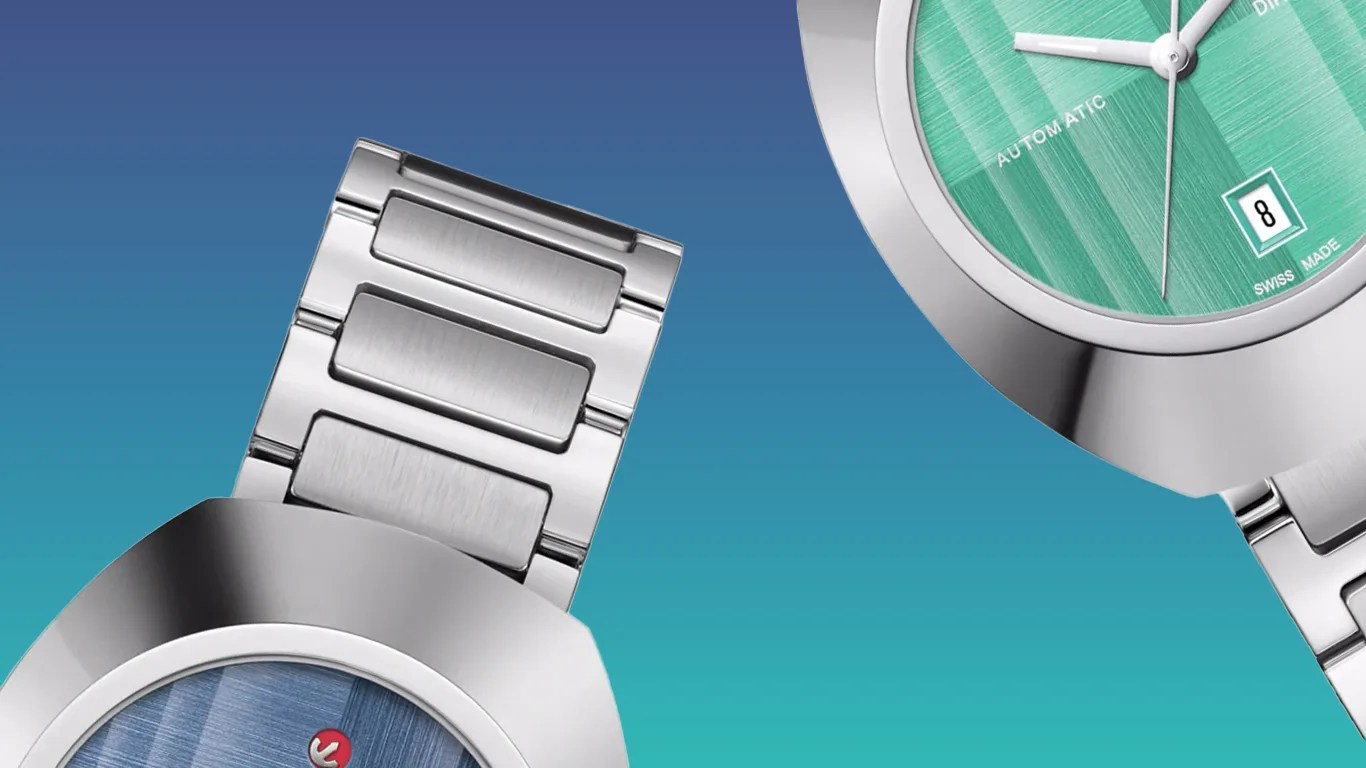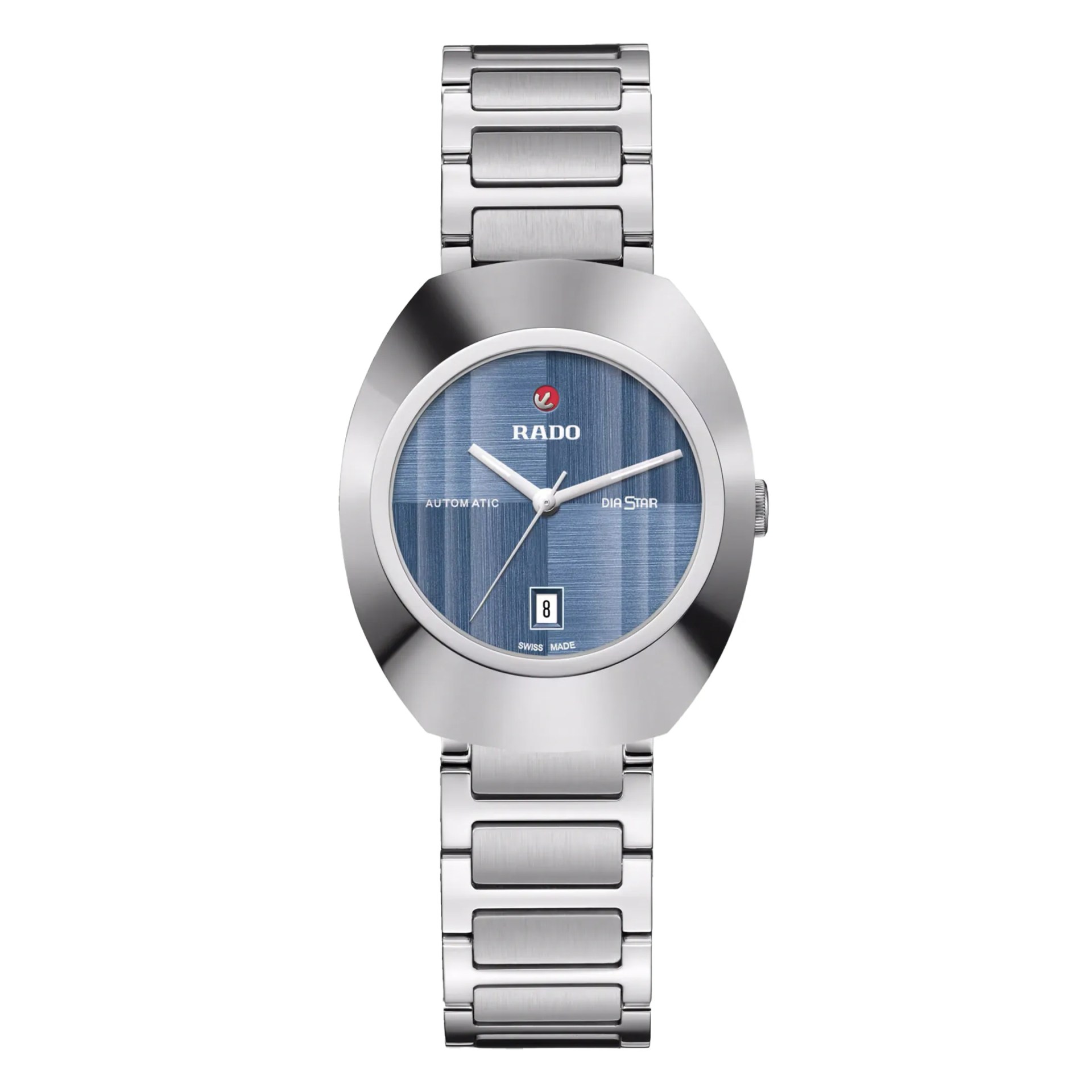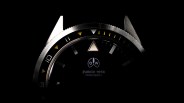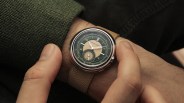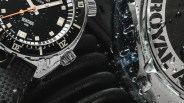Swiss watch brand Rado bills itself as the Master of Materials, and while a few higher-end brands probably have a more legitimate claim to that title — namely Hublot and Richard Mille — Rado’s history of materials innovation goes back far further than either of those brands has even existed.
The material with which Rado is most associated is ceramic. The brand’s Ceramica in 1990 was the first watch to have both a ceramic case and bracelet, its metallic-like High-Tech Ceramic debuted in 1986 and back in 1962, Rado debuted the DiaStar as the “world’s first scratchproof watch.”
We know now that there is no such thing as a scratchproof watch, but the DiaStar came pretty close. While not made of the now ubiquitous zirconium oxide ceramic found in contemporary watchmaking, the original DiaStar’s case was made of highly scratch-resistant tungsten carbide, and most sources still credit the Diastar as the world’s first ceramic watch.
Rado still makes several versions of the DiaStar today, and the brand just launched a new version that takes the 1960s watch and gives it a makeover that seems tailor-made for the watch industry in 2025.
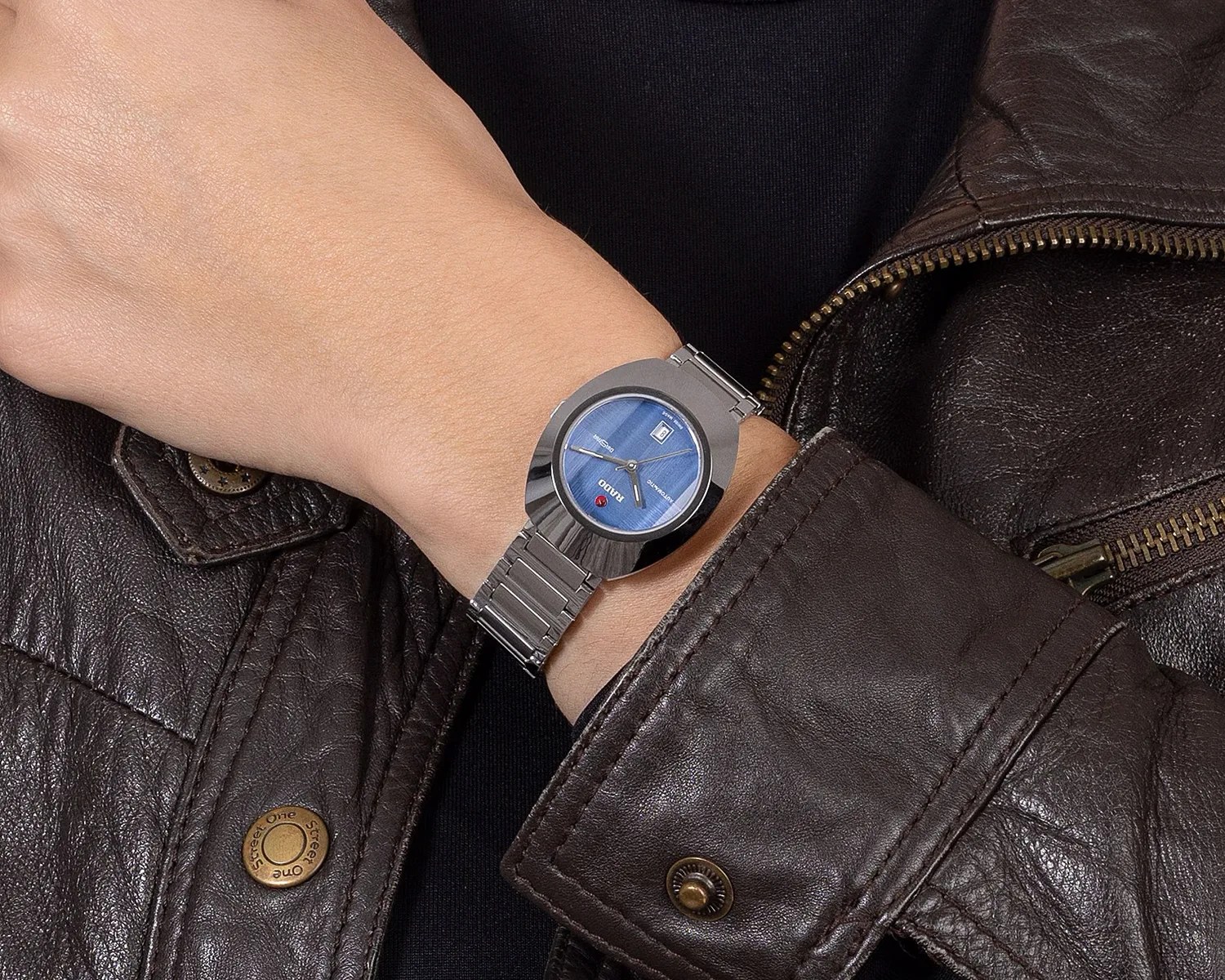
Small and Colorful, Still Tough As Nails
Prior to this new release, Rado’s current catalog contained just three DiaStar references with cases made of Ceramos, the brand’s proprietary tungsten carbide alloy that is the closest you can get to a vintage DiaStar case today.
Those versions were all 38mm automatics and comprised a special 60th-anniversary edition with a faceted dial and mesh bracelet, a two-tone gold PVD model and just one standard version with a blue dial.
